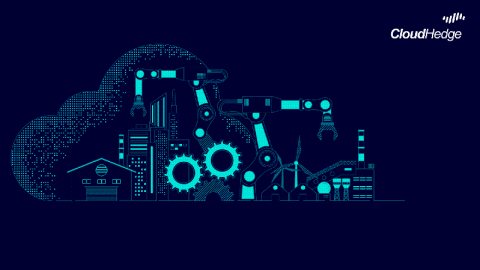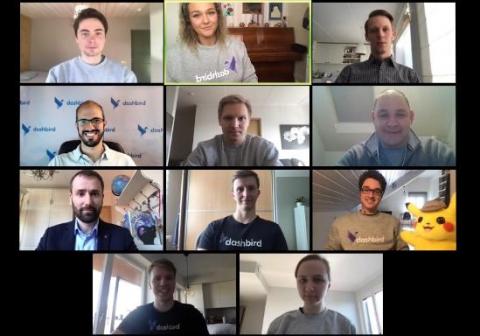Operations | Monitoring | ITSM | DevOps | Cloud
Latest News
Accelerate Containerization of your Legacy Apps through CloudHedge
Containerizing your age-old legacy applications is the way forward! Yes, it’s true that the benefits attached to containerization are quite rewarding for enterprise apps in the long run. It is also true that not all applications should be containerized. Assuming your application is ready for containerization, you may want to analyze the approach taken to containerize apps, is it a manual or an automated process? Manual process is time-consuming and prone to errors.
Encrypt Azure Service Bus Data at REST using User Keys
Efficacy of CloudHedge Discover for your Application Environment
Applications deployed years ago may have undergone changes over the years, and there are strong possibilities of the changes not being documented or recorded. All the undocumented changes can bite back as a security breach or get NCs (non-compliance) during an audit exercise. Also, if there is a drive to modernize applications, the true picture of the application may not be documented after interviewing the right people. These applications could be on-premise or on the cloud.
Sharing Code Dependencies with AWS Lambda Layers
The use of Serverless execution models is expanding extremely rapidly and cloud providers are continuing to enhance their platforms. Per Flexera’s “State of the Cloud” report: Leading this trend for the last two years, Amazon has released a few features that address AWS Lambdas’ pain points and make them a more feasible choice for large scale deployments consisting of numerous applications.
6 Common Mistakes in AWS EC2 and Azure Cloud VM Optimization
No matter what’s driving your move to an AWS or Azure cloud, two things are true. One, you don’t want to under-provision, which could create performance and availability issues. And two, you don’t want to overpay, because no one ever wants to do that. One of the key decisions you must make is which Amazon EC2 or Microsoft Azure virtual machine instance configuration you need. It’s a scoping exercise, but several factors make this easier said than done.
Why Serverless Apps Fail and How to Design Resilient Architectures
We’ve been monitoring 100,000’s of serverless backend components for 2+ years at Dashbird. In our experience, Serverless infrastructure failures boil down to: These isolated faults become causes of failure due to dependencies in our cloud architectures (ref. Difference of Fault vs. Failure). If a serverless Lambda function relies on a database that is under stress, the entire API may start returning 5XX errors.
Azure Functions Live - April 2020
What's new in Serverless360? - Q1 2020 product update
Serverless monitoring startup Dashbird raises $2.1m and releases new features for serverless monitoring
Dashbird, a platform for serverless application monitoring, has raised $2.1 million in a seed round. The investment was led by Paladin Capital Group, with participation from Passion Capital, Icebreaker.vc and Lemonade Stand.











